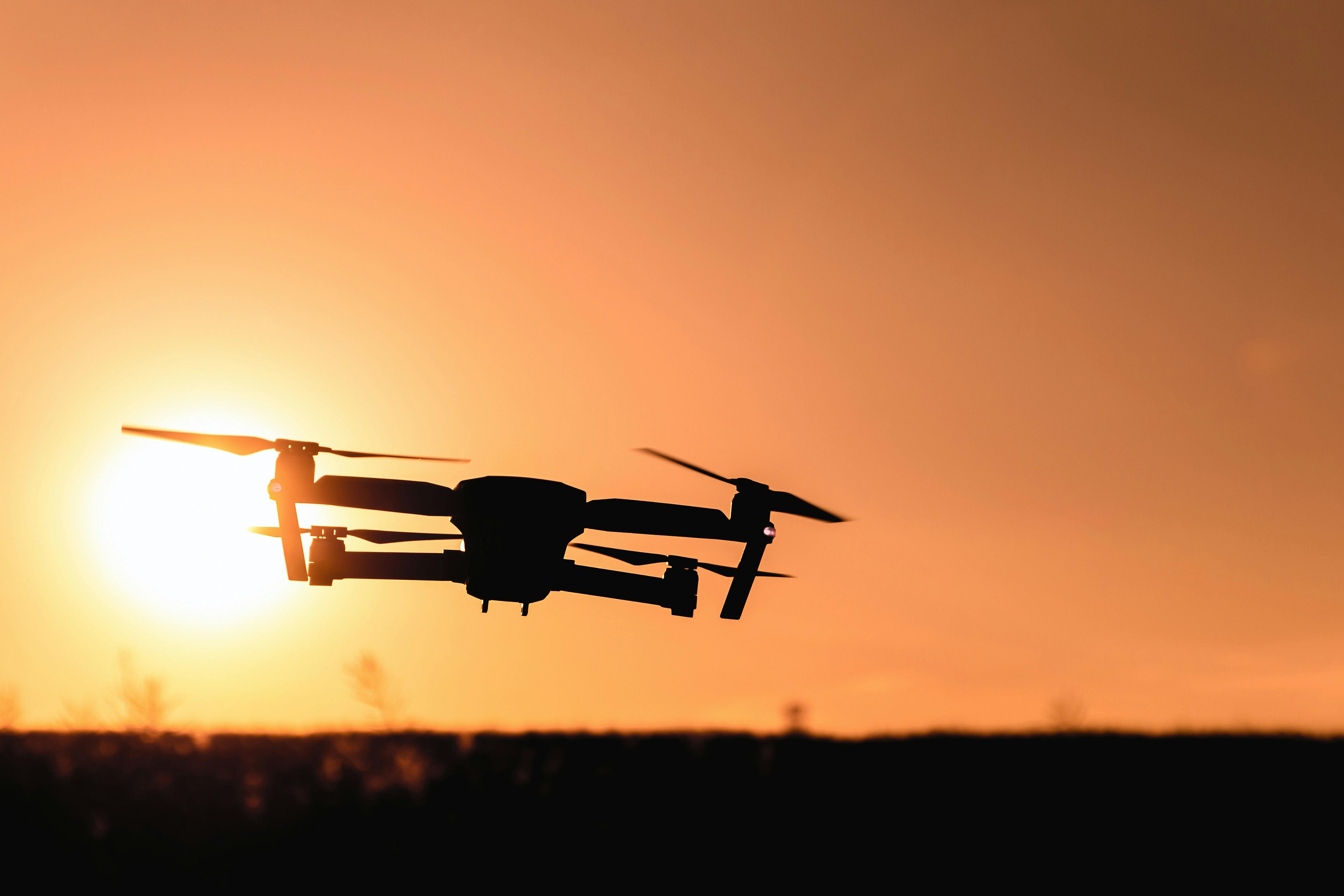Unmasking the Implications of Drone Laws on Aerial Surveillance
In the era of unprecedented technological advancements, laws and regulations surrounding the use of drones in aerial surveillance have become a significant topic of discussion. As drones continue to rise in popularity for various applications, understanding the legal aspects of their usage has become critical. This article delves into the evolution of drone laws, their current legal updates, and the societal impact brought by these regulations.

The Genesis of Drone Laws
The history of drone laws can be traced back to the early 21st century when drones first entered the commercial market. With their increased usage in various sectors, including photography, agriculture, and real estate, the need to regulate their operation became apparent. In response, governments worldwide began creating laws to balance the benefits of drone technology with concerns over privacy, safety, and national security.
Current Legal Updates on Drone Laws
Recent years have seen numerous changes in drone laws. In the United States, the Federal Aviation Administration (FAA) updated its regulations in 2021, requiring remote identification of all drones. This rule is aimed at enhancing safety and security by providing information about a drone’s control station location and flight path. In the European Union, new drone regulations came into effect in 2021, introducing categories of drone operations and certification requirements for drone operators.
Drone Laws and Aerial Surveillance
Specific laws and policies have been formulated to regulate drone usage in aerial surveillance. These laws aim to strike a balance between the benefits of drone technology in surveillance, such as in law enforcement and emergency response, and the potential infringement on privacy rights. Regulatory measures include restrictions on drone flights over private property without consent and requirements for law enforcement agencies to obtain warrants for drone surveillance.
The Societal Impact of Drone Laws
The impact of drone laws on society is multifaceted. On one hand, these laws have played a crucial role in ensuring public safety and privacy. They have also enabled the growth of the drone industry by providing a clear legal framework for operation. On the other hand, some argue that these regulations may impede technological innovation and limit the full potential of drone technology.
Balancing Technological Progress and Legal Safeguards
As drone technology continues to evolve, so too must the laws that govern its usage. Striking a balance between encouraging technological innovation and ensuring societal safety and privacy will remain a challenge. However, through continuous legal updates and informed policy discussions, a harmonious coexistence between drone technology and law can be achieved.
In conclusion, drone laws are a crucial part of our society’s response to the rise of drone technology. As we continue to grapple with the challenges and opportunities presented by drones, understanding the legal aspects of their usage will become increasingly important.



